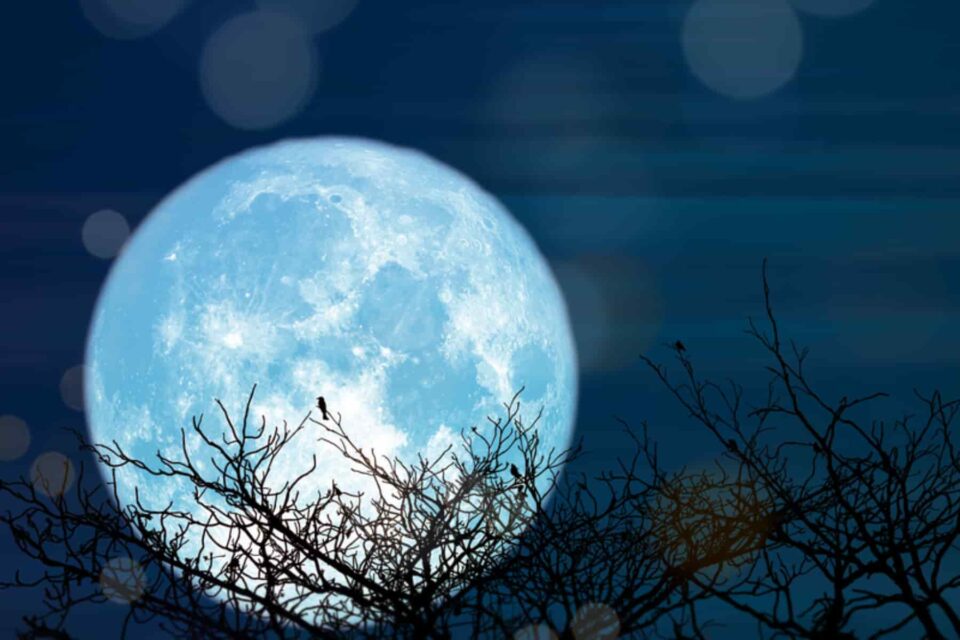THANK YOU BROTHER, RICIN
On August 1st, catch a full Moon rising in the east just 30 minutes after sunset. We are seeing the entire sunlit side of the Moon as it is nearly (but not quite) in line with the Sun and Earth. The Farmers’ Almanaccalls this month’s Moon the “Sturgeon Moon”, for the time of year when this giant fish was once abundant in the Great Lakes. Cultures around the world give full Moons special names, often related to growing seasons or celebrations.
As the Moon rises later and later each night, the bright sunlit part appears to get smaller or “wane” – we call this a waning gibbous Moon. About a week later, on August 8th, we see only one half of the Moon alight. At this phase, the Moon rises around midnight and sets around noon. Have you ever seen the Moon in the daytime? You may notice this phase towards the southwest in the morning sky. Hold up a ball or egg beside it and see how the Sun lights up the same part.
By August 16th, the Moon has gone through its crescent phase and is now only showing its dark side towards the Earth. Did you know the dark side and the far side of the Moon are different? The Moon always shows the same face towards Earth due to the gravitational pull of Earth, so the far side of the Moon was only viewed by humans for the first time in 1968 with the Apollo 8 mission. However, the dark side is pointed at us almost all the time. As the Moon orbits the Earth, the sunlit side changes slowly until the full dark side is facing us during a new Moon. When the Moon is just a small crescent, you can sometimes even see the light of an Earthshine reflecting off Earth and lighting up the dark side of the Moon faintly.
Then as the Moon reappears, making a waxing (or growing) crescent Moon, best seen in the afternoons. By the time it reaches the first quarter on August 24th, we see the other half of the Moon lit up. At this point, the Moon passes through Earth’s orbit and marks the spot where the Earth was just 3 hours prior. It takes the Earth about 3 hours to move the distance between the Moon and Earth.

Please think about donating below.


